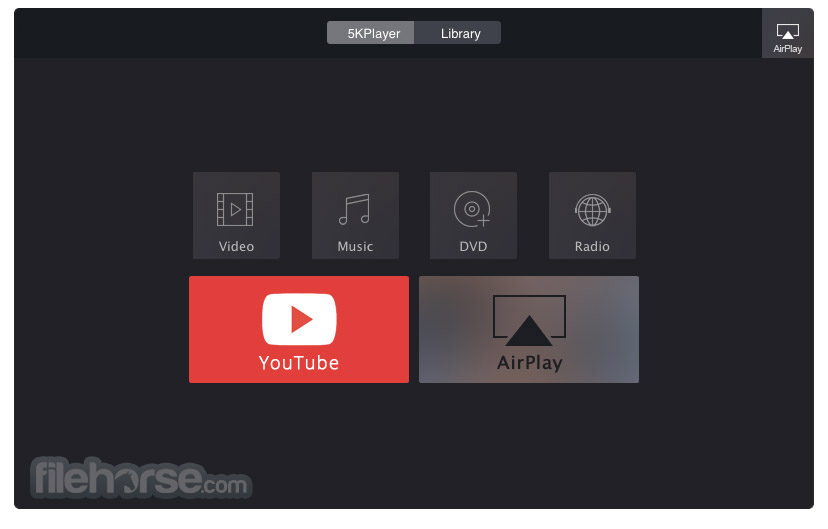Virt Manager For Mac Os X
Table Of Content
- 1- Download Mac OS
- 2- Create Mac OS Virtual Machine
- 3- Configure VBoxManage
- 4- Start the Mac OS virtual machine
Mac OS X comes with built-in Virtual Private Networking or VPN for short. However, configuration options are somewhat limited particularly when it comes to deciding which. QEMU is a generic and open source machine emulator and virtualizer. Full-system emulation. Run operating systems for any machine, on any supported architecture. User-mode emulation. Run programs for another Linux/BSD target, on any supported architecture. Run KVM and Xen virtual machines with near native performance. Install it from your OS distribution (others coming soon) # yum install virt-manager (Fedora) # apt-get install virt-manager (Debian) # emerge virt-manager (Gentoo) # pkgadd virt-manager (OpenBSD) Or grab the source release. Join the virt-manager mailing list or try the IRC channel #virt on OFTC. Global Nav Open Menu Global Nav Close Menu; Apple; Shopping Bag +.
Major differences between exFAT and FAT32?exFAT ( ExtendedFile Allocation Table), (also sometimes referred to as FAT64) is a, suited especially forintroduced by for embedded devices in6.0, in their desktop operating systemsand, and in their server operating system. Exfat mac support. Apparently this is currently unique to the iMac (mid 2010) and perhaps other 2010 Macs.The funny thing is that I noticed that yesterday when I was formatting my usb drive:woot: but I thought it just came with 10.6.4.I guess everyone else will get it with 10.6.5.

View more Tutorials:
- 1- Download Mac OS
- 2- Create Mac OS Virtual Machine
- 3- Configure VBoxManage
- 4- Start the Mac OS virtual machine
1- Download Mac OS
| Mac OS Version | Name | Release Date |
| 10.10 | Yosemite | June 2014 |
| 10.11 | El Capitan | September 30, 2015 |
| 10.12 | Sierra | June 12, 2016 |
| 10.13 | High Sierra | June 5, 2017 |
2- Create Mac OS Virtual Machine

3- Configure VBoxManage
- LINUX (Ubuntu,.):/home/{user}/VirtualBox VMs
- WINDOWS:C:/Users/{user}/VirtualBox VMs
4- Start the Mac OS virtual machine

View more Tutorials:
My setup consists of Mac OS X system that runs RealVNC client to connect to Ubuntu Server machine, a KVM host, via VNC.
When working in a guest VM console over VNC you may end up clicking into the black area. Which grabs and locks your mouse pointer.
Virt Manager For Mac Os X64
Actually, you don’t have to click the VM console screen area, if all you want to do is type in something. However, if you must use mouse to click something inside the terminal view it’s going to get locked.
To release your mouse pointer, normally you’d press Ctrl_L+Alt_L, as it is stated in the window title.
However, it doesn’t work on Mac. Instead you need to use:
Ctrl_L+Command_L
Virt Manager For Mac Os X 10.10
PS: Interestingly, it is one of the top posts on this blog. I find it ironic. Apparently, way too many people run into this problem. If you’re one of them let me know in the comments section down below.
 The video is not in a format that QuickTime Player understands.” In other instances, it says, “You may need to install additional software to open this type of file.”This article offers you the most reliable solutions on how to play AVI files on Mac. This problem is usually related to video codec issues, and is normally accompanied by the following message: “The document could not be opened. .To play AVI file on Mac, use these steps:1.
The video is not in a format that QuickTime Player understands.” In other instances, it says, “You may need to install additional software to open this type of file.”This article offers you the most reliable solutions on how to play AVI files on Mac. This problem is usually related to video codec issues, and is normally accompanied by the following message: “The document could not be opened. .To play AVI file on Mac, use these steps:1.
